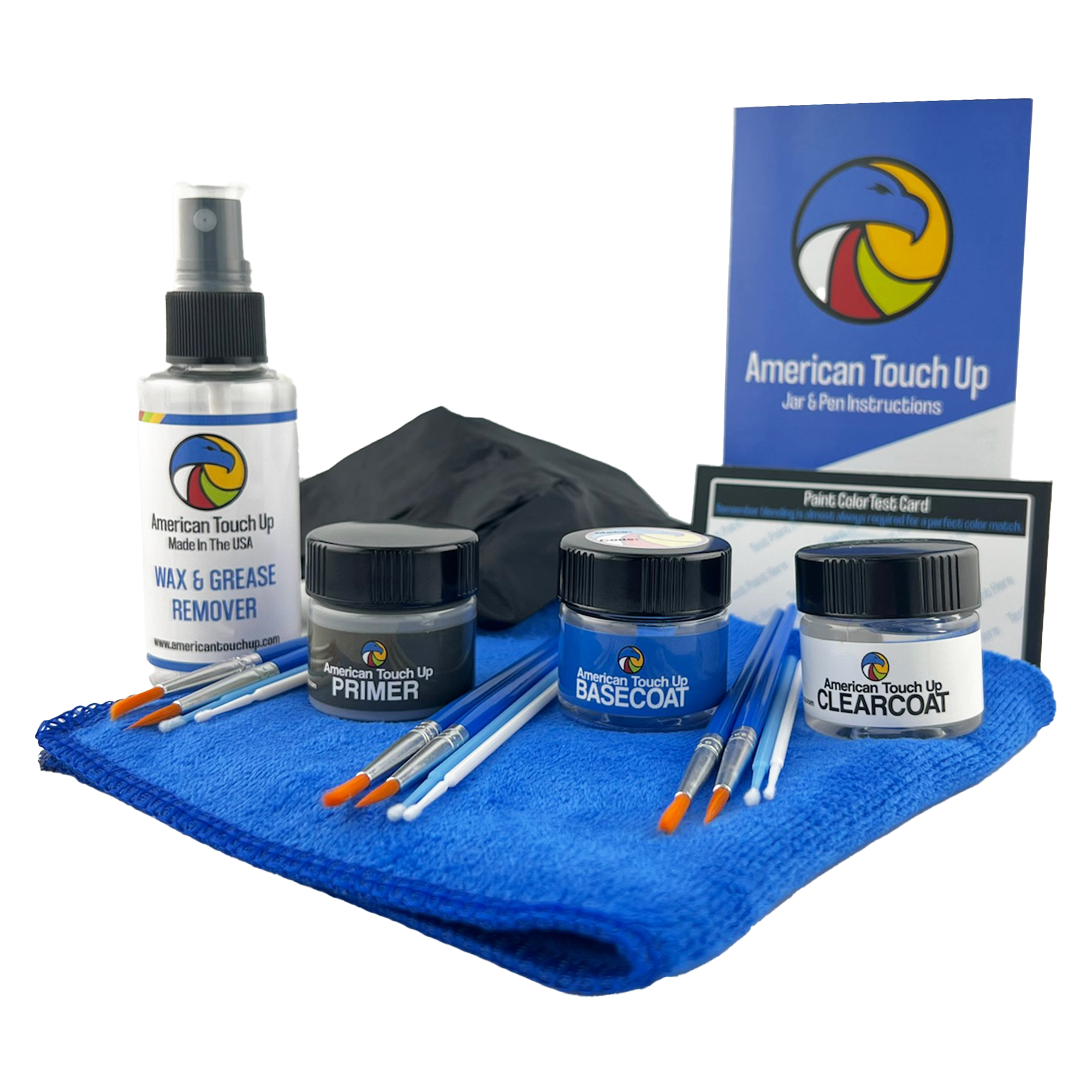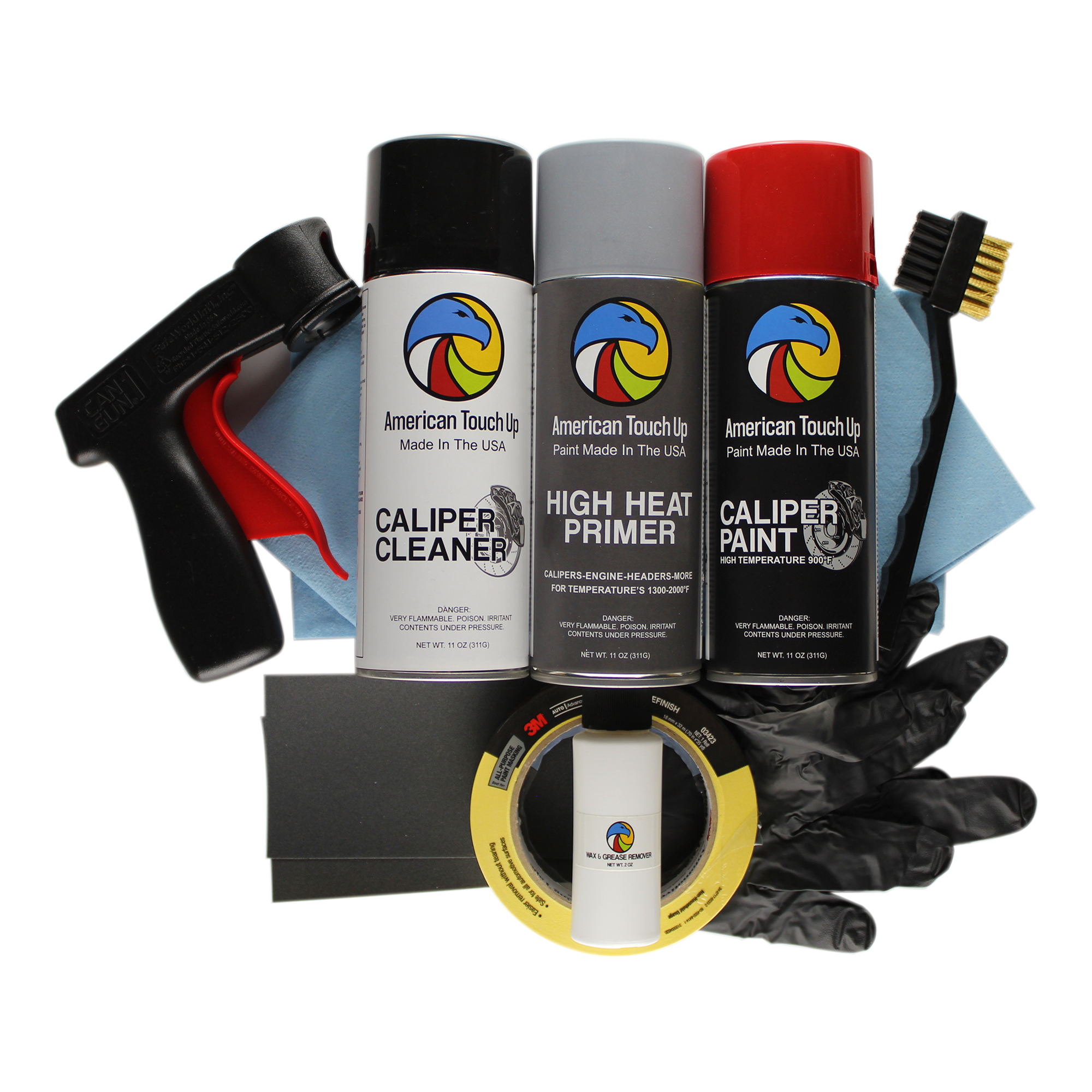Here are some common key vocabulary terms used in automotive body shops, along with their definitions:
- Body filler – A type of material used to fill in dents and other imperfections in the body of a car before painting.
- Primer – A coating applied to a car’s body to prepare it for painting.
- Clearcoat – A transparent paint layer applied over a colored basecoat to protect it and add shine.
- Basecoat – A colored paint layer applied over primer, which serves as the primary color of a car’s finish.
- Masking tape – A type of tape used to cover areas of a car that are not intended to be painted.
- Sandpaper – A type of abrasive paper used to smooth out imperfections in a car’s body before painting.
- Spray gun – A tool used to apply paint and other coatings to a car’s body.
- Buffing – The process of polishing a car’s paint after it has been sprayed to create a smooth, glossy finish.
- Panel – A section of a car’s body that is separate from other sections, such as a door or hood.
- Collision repair – The process of repairing a car’s body after it has been damaged in an accident.
Some common terms used in automotive body shops include body filler, primer, clearcoat, masking tape, and spray gun. Less common terms might include things like unibody construction (a type of car construction where the body and frame are a single unit), downdraft paint booth (a type of paint booth where air is drawn downward to minimize dust and debris), and paintless dent repair (a technique for removing dents from a car’s body without the need for painting).
It’s important to note that different body shops may use slightly different terms or have their own terminology for certain processes or techniques. However, the terms listed above are generally understood across the automotive industry.
Here are some rare automotive paint terms and their definitions:
- “Dry Spray” – a condition where the paint particles partially dry before reaching the surface, resulting in a rough, textured appearance.
- “Edge Mapping” – the process of blending the edge of a panel with the adjacent panel to create a seamless transition.
- “Flashing” – the process of evaporating solvents from the paint film to achieve a smooth, glossy finish.
- “Flop” – the visual effect created by metallic or pearlescent pigments in paint, where the color shifts depending on the viewing angle.
- “Haloing” – a condition where the edge of a repair is visible due to a difference in color or texture.
- “Mottling” – a condition where the paint has an uneven or blotchy appearance, often caused by improper application or a poor color match.
- “Orange Peel” – a texture in the paint film resembling the skin of an orange, caused by improper atomization of the paint or improper technique during application.
- “Runs and Sags” – an excessive build-up of paint in a particular area, caused by applying too much paint or not properly controlling the viscosity of the paint.
- “Shading” – the process of blending colors to achieve a seamless transition between panels or repairs.
- “Solvent Pop” – a condition where air bubbles form in the paint film, caused by the rapid evaporation of solvents before the paint has had a chance to level out.
Here are some additional terms commonly used when describing automotive paint, techniques, and chemicals:
- Tack coat: A light dusting of paint applied before a full coat to provide better adhesion and a smoother finish.
- Adhesion promoter: A chemical solution that helps improve the adhesion of paint to the surface being painted, often used on plastic or other non-porous materials.
- Sealer: A type of primer or basecoat that seals the surface and provides a smooth base for paint application.
- Reducer: A solvent used to thin paint for proper spraying consistency.
- Hardener: A chemical additive used to speed up the drying and curing process of paint.
- Wet sanding: Sanding the surface of freshly applied paint with a wet sandpaper to smooth out imperfections and achieve a glossy finish.
- Dry sanding: Sanding the surface of cured paint with a dry sandpaper to remove imperfections and prepare for further paint applications.
- Clear bra: A clear protective film applied to the front end of a vehicle to protect against rock chips, scratches, and other damage.
- Pearl paint: A type of paint that contains a pearl-like additive that gives a shimmering, iridescent effect.
- Candy paint: A type of paint that uses a translucent dye over a metallic or pearl basecoat to create a deep, rich color with a high-gloss finish.
We hope that this provided you with some good information to better understand when navigating the automotive paint industry world. If you need any help in automotive paint repair, please check our HOW TO Section!




